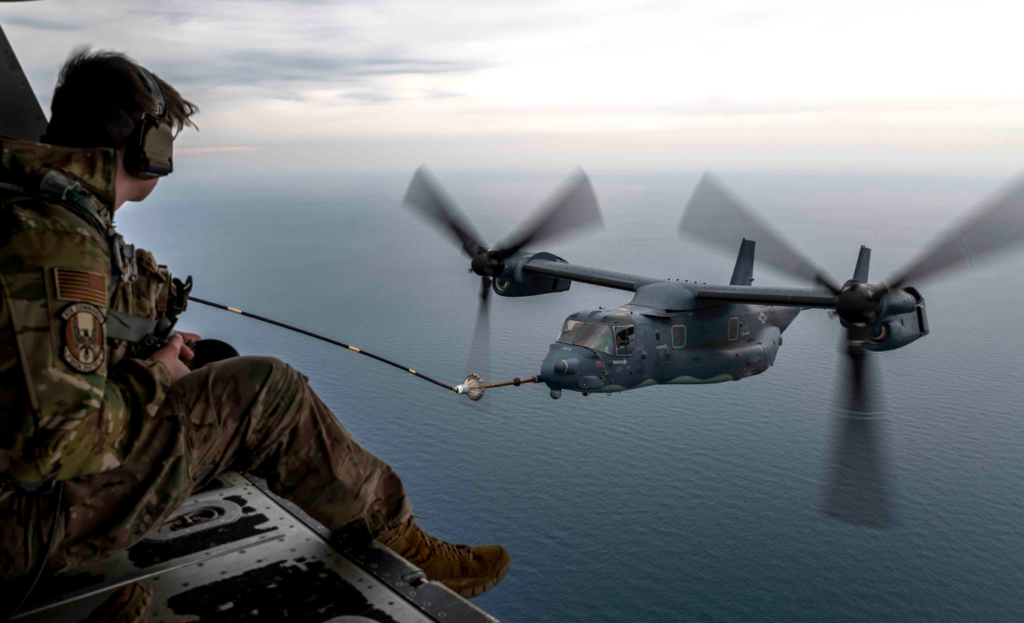
As NATO member nations contemplate new military helicopter designs, they are carefully examining Russia’s ongoing conflict in Ukraine for potential design and tactical advantages.
Several NATO countries are in the preliminary stages of developing a versatile new helicopter to be operational by 2035. This planned Next Generation Rotorcraft Capability (NGRC) is intended to support allies in various missions, including special forces insertion and extraction, battlefield transport, and medical evacuations. The helicopter could also be employed for search and rescue and anti-submarine warfare. Six key NATO nations formalized their cooperation on this project in June 2022 by signing a memorandum of understanding at the Eurosatory conference in Paris. France, Germany, Greece, Italy, the Netherlands, and the United Kingdom committed approximately $28 million to jointly develop conceptual frameworks for the new rotorcraft. NATO documentation outlines requirements for the aircraft, including a range exceeding 1,650 kilometers without refueling, an endurance of eight hours, and a payload capacity between 10,000 and 17,000 kilograms.
Tiltrotor aircraft stand out due to their unique ability to combine helicopter-like vertical takeoff and landing with the high speeds of an airplane. They form a distinct category of subsonic aircraft within the military.
The primary appeal of tiltrotors lies in their capacity to deliver personnel and supplies to locations inaccessible to traditional fixed-wing aircraft, and to do so more swiftly and over greater distances than conventional helicopters. The efficiency of payload delivery is paramount. However, this advantage comes at a price in terms of maintenance and operating costs. Unlike fixed-wing or rotary-wing attack aircraft, tiltrotors face the challenge of delivering cargo or troops mid-flight. The tiltrotor concept is still relatively new, and only recently has it demonstrated its capabilities, primarily through the V-22 Osprey. Considering the lengthy development path of helicopters from initial concept to operational attack platform, it’s clear that tiltrotors have a similar journey ahead. Numerous armed tiltrotor designs are currently in development, ranging from modified versions of the MV-22 to dedicated attack variants like the V-280.
Operationally, tiltrotor aircraft face a demanding workload. Pilots often report being overwhelmed by the diverse mission requirements, and as with all pilots, flight time is a scarce resource that simulators cannot fully replicate. Achieving proficiency in weapons employment necessitates extensive training, diverting time from primary tiltrotor missions. Consequently, features like defensive weapon systems and APKWS integration have limited traction due to the disproportionate effort required. Historical attempts to combine assault and attack roles have generally been unsuccessful, as exemplified by the Mi-24 helicopter.
A tiltrotor designed specifically for attack from the outset has the potential to be highly effective, as demonstrated by attack variants of the V-280. The crucial factor is incorporating the necessary technology and design elements from the development phase.
Large-scale amphibious assaults, reminiscent of World War II, are less common today. Modern operations often involve vertical envelopment tactics, akin to a rapid aerial assault. Tiltrotors excel in this role due to their high capacity, speed, range, and payload. However, they demand substantial resources and justify their cost primarily for high-intensity operations. Currently, the US Marine Corps is the primary user of large-scale tiltrotor aircraft, while special operations forces have adapted to alternative methods. As technology matures, tiltrotor adoption is likely to increase in other countries, and we may witness their growing prominence in unmanned systems.
Compared to helicopters, tiltrotors offer significant advantages in range, speed, altitude, payload, power, lifespan, and other areas. The physics of rotating blades inherently limit helicopter efficiency.
Therefore, for missions requiring long distances but with vertical takeoff and landing capabilities, tiltrotors are generally superior to helicopters. Conversely, helicopters remain the preferred choice for extended hovering operations.
The relative mechanical complexity of tiltrotors and helicopters is a subject of debate. While tiltrotors incorporate complex components like driveshafts and rotor tilt mechanisms, their overall design might be simpler than some helicopters. Ultimately, complexity can vary based on specific models and manufacturing expertise.
